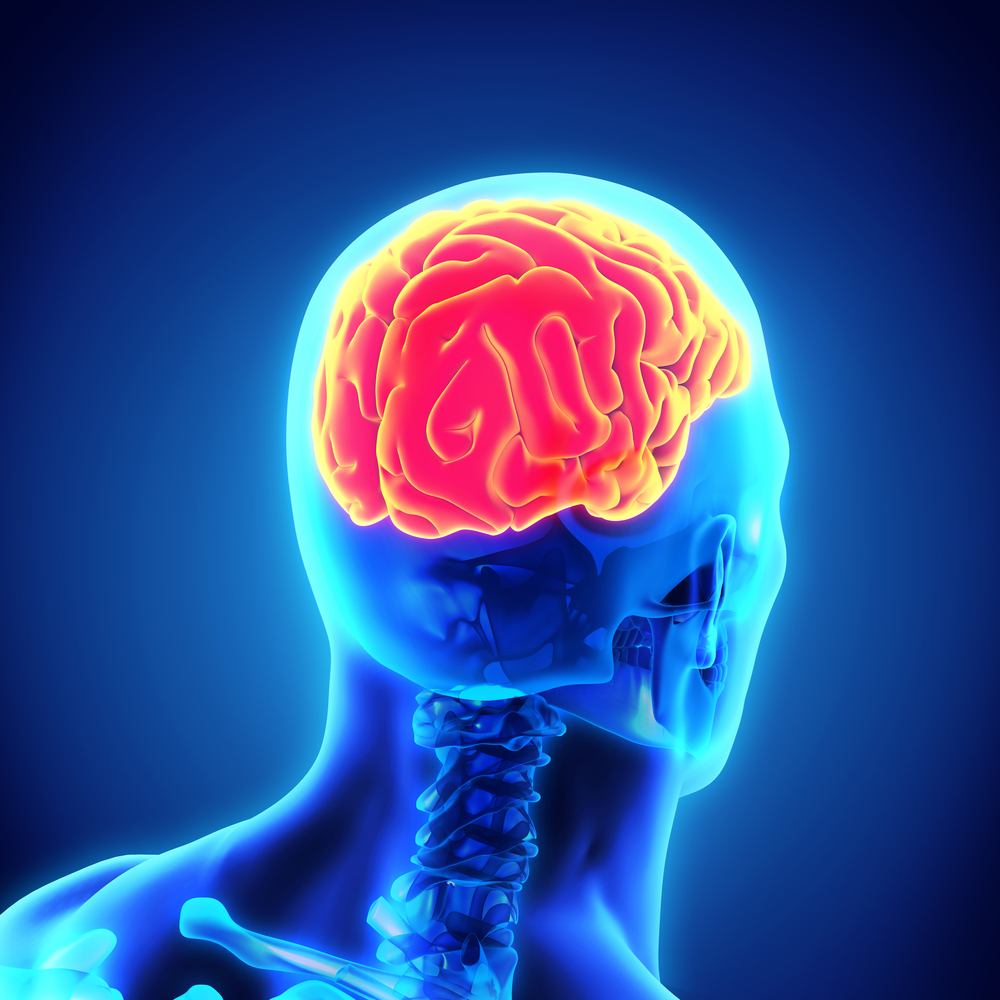
By Richard C. Senelick, MD
It is a typical, bright, spring day at a very active retirement community. Anthony and Carmen head out on their daily bicycle ride, which always includes a brief side trip to look at the brightly-colored Azaleas and a stop at the community mailboxes to grab their mail. They have traveled this same route hundreds of times and Anthony always tells his “nagging” children that he doesn’t need a helmet—it just isn’t very far. But, this day is different. His front wheel grabs a jagged crack in the pavement. In an instant he is on the ground with a nasty gash on the side of his head. Anthony quickly became a traumatic brain injury survivor and his children were right.
I don’t know any woman who doesn’t at some point worry about breast cancer, and it is difficult to find anyone who doesn’t know someone who has had a stroke. Many of us routinely go to our medical screenings and can rattle off a list of tips to prevent a heart attack, but it may surprise you that there are more than two million traumatic brain injuries each year—and only 795,000 new strokes. As we age we worry about our cholesterol and blood pressure, but we should also take precautions to prevent a traumatic brain injury.
More than Just a Bump on the Head
When Anthony fell, his wife only saw the blood seeping from the cut on his head. She did not see the changes taking place in the millions of cells in his brain. Even a mild head injury can affect us in several ways.
- Physical Potholes: We tend to focus on the more obvious physical manifestations of a head injury, like external bleeding. But after a mild head injury, it is common to experience headaches, dizziness, blurred vision, neck pain or ringing in your ears.
- Cognitive Canyons: It is bad enough that we “lose a step” in our thinking process through normal aging. However, a concussion or head injury may create a mental fog and reduce our information processing speed. It can literally “hurt” to think, and trying to balance your checkbook may worsen your headaches.
- Behavioral Bumps: Head injuries may change the way a person behaves and can exaggerate pre-existing personality traits. If Anthony was irritable and short-tempered before his head injury, chances are that he will be worse afterwards. Plus, his sleep may be interrupted, which could further increase his irritability.
An Ounce of Prevention
Your mother probably lost her voice telling you to “look both ways before you cross the street.” We hope that today’s mom is reminding her children to “put on your helmet before you get on your bicycle or skateboard.” Anthony thought this admonition was only for children, but he found out the hard way that it includes everyone. In fact, both the old and young are most vulnerable to brain injury. Falls account for more than 40% of brain injuries, and in the over-65-year-old crowd that number jumps to a whopping 81%.
Just as your doctor wants you to be “Heart Smart,” you also need to be “Fall Smart.” We like to think that it is only the very old who fall in their nursing home and break a hip, but tens of thousands of people like Anthony are disabled by a brain injury. Here are five things you can do to be “Fall Smart:”
- Always wear a helmet when riding a bicycle, motorcycle or skate board, or while doing any activity that puts you at risk for a traumatic brain injury. Helmets are not expensive and may save your life.
- Wear your seatbelt. Every time. It’s the law.
- We go for our yearly skin inspections to catch early skin cancers; likewise, you can do a preventative sweep of your own home. Get rid of the loose extension cords and dangerous throw rugs, clean up cluttered hallways and put night lights in all the dark corners. Night lights in the bathroom are a must, as you will likely be headed there in the middle of the night.
- Have your eyes examined regularly. Even if you don’t have cataracts, as you age, the lens in your eye needs more light.
- Do you really need to get up on that ladder? Enough said.
So, helmet on, buckle up and bon voyage!
Dr. Senelick is the Medical Director of the HealthSouth Rehabilitation Institute of San Antonio (RIOSA). He is a board certified neurologist who specializes in neurorehabilitation. He is a contributor to The Huffington Post, The Atlantic and serves as the Stroke Community Expert for WebMD.

